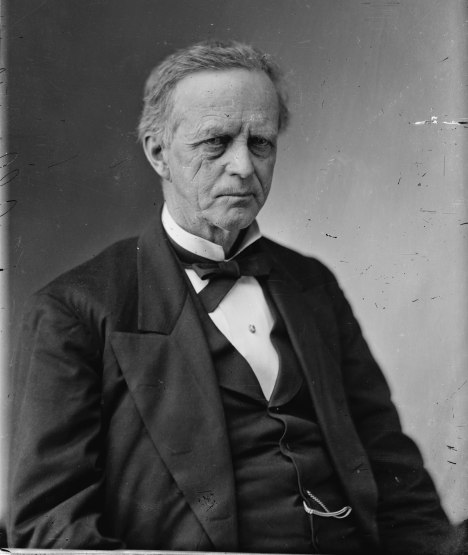Per the Constitution Annotated site compiled by the Library of Congress:
Congress first enacted legislation to structure the Supreme Court in the Judiciary Act of 1789. Under the 1789 act, the Court comprised one Chief Justice and five Associate Justices. Congress enacted legislation to change the size of the Court multiple times during the nineteenth century. In 1801, Congress reduced the size of the Court to five Justices. The 1801 statute did not eliminate an occupied seat on the Court; instead, it provided that the change would take effect ‘after the next vacancy’. Congress repealed the 1801 law before any vacancy occurred, leaving the size of the Court at six Justices.
. . .
At its largest, during the Civil War, the Court had ten Justices, with the addition of the tenth seat on the Court coinciding with the establishment of the Tenth Circuit. In 1866, Congress reduced the size of the Court to seven Justices, a change widely viewed as one of the Reconstruction Congress’s restrictions on President Andrew Johnson.”
The Judiciary Act of 1869 (41st Congress, Sess. 1, ch. 22, 16 Stat. 44), formally “An Act to amend the Judicial System of the United States” and sometimes called the Circuit Judges Act of 1869, increased the size of the Supreme Court to nine justices and established separate judgeships for the U.S. circuit courts, allotting each Supreme Court justice one of the nine circuits in which that justice had to attend at least one term in each of the circuit’s districts every two years. It also included the first provision allowing judges to retire without losing their salary.
In early 1869 there were eight men on the bench. As the History Channel online reports: “Congress routinely changed the number of justices to achieve its own partisan political goals, resulting in as few as five Supreme Court justices required by law under John Adams to as many as 10 under Abraham Lincoln.”
As the Federal Judicial Center (FJC) recounts:
The first version of the act [proposed by Illinois Senator Lyman Trumbull] was approved by Congress at the close of the session in March 1869 but fell victim to a pocket veto from outgoing President Andrew Johnson. After the new Congress convened a day later, the Senate quickly reintroduced and passed the measure. The House of Representatives then amended the bill to permit the retirement of federal judges appointed during good behavior. Justices and judges who reached the age of seventy and had served at least ten years could retire and receive their current salary for the remainder of their lives.”
According to Stanley I. Kutler, writing for The Journal of Southern History, Vol 32, No 1 (Feb 1966) in “Reconstruction and the Supreme Court: The Numbers Game Reconsidered” (online here), “The increase of one Supreme Court member provoked absolutely no controversy, Republicans and Democrats alike conceding the need.”
The bill’s progress, however, bogged down in the Senate over the circuit-court reform. Apparently “partisan descendants of Jefferson” felt it was desirable for members of the Supreme Court to deal with people and law on the local level. Some senators also resisted the idea of expanding federal power with an increase of ten federal jurists.
Trumbull argued however that the establishment of circuit judgeships was made necessary by the increased workload of the federal courts in the wake of the Civil War. The docket of the Supreme Court was two to three years behind schedule. The appointment of circuit judges would better enable the Supreme Court justices to focus on cases before the Court. Trumbull and his fellow Republicans also hoped that the appointment of circuit judges would provide a more uniform administration of federal justice, particularly in the South, where federal authority only recently had been reestablished.
In addition, by virtue of the act allowing all federal judges to retire with full salary after serving for at least 10 years, provided they had turned 70, it provided an incentive for older judges to leave their courts before their deaths. The salary of the circuit court judgeships created was set at $5,000 a year. In addition, the act stipulated that federal judges (including Supreme Court justices) who had served for ten years or more and who was at least 70 would receive a pension upon their retirement. ($5,000 in 1869 would be approximately $110,600 in 2023 dollars.)





Leave a comment